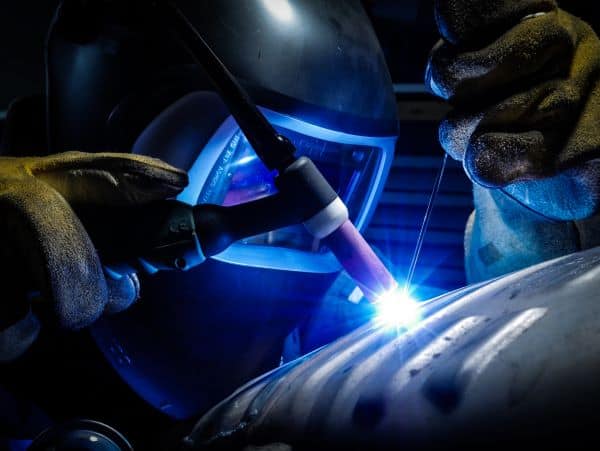- Joined
- May 27, 2016
- Messages
- 3,469
In ignorance - I have trouble searching out the newer abbreviations for welding kit.
I only ever used a small stick welder to make my trailer, and it was called a tapped variable core transformer.
That was quite a long time ago.
1) So what is "LIFT"?
2) Is "MMA" another term for a stick welder?
3) What is "IGBT"? In another life, I thought that meant "Insulated Gate Bipolar Transistor"
4) I see MIG / MAG / TIG / FCAW / MMA.
In one machine, I guess that sounds versatile, but what is "FCAW"?
Lastly - a question about the gas. Argon is inert. It surely works
CO2 is already reacted. It will also stop oxidation somewhat.
So other that it saves on Argon costs, is there any advantage in Argon/CO2 mixtures?
I only ever used a small stick welder to make my trailer, and it was called a tapped variable core transformer.
That was quite a long time ago.
1) So what is "LIFT"?
2) Is "MMA" another term for a stick welder?
3) What is "IGBT"? In another life, I thought that meant "Insulated Gate Bipolar Transistor"
4) I see MIG / MAG / TIG / FCAW / MMA.
In one machine, I guess that sounds versatile, but what is "FCAW"?
Lastly - a question about the gas. Argon is inert. It surely works
CO2 is already reacted. It will also stop oxidation somewhat.
So other that it saves on Argon costs, is there any advantage in Argon/CO2 mixtures?


